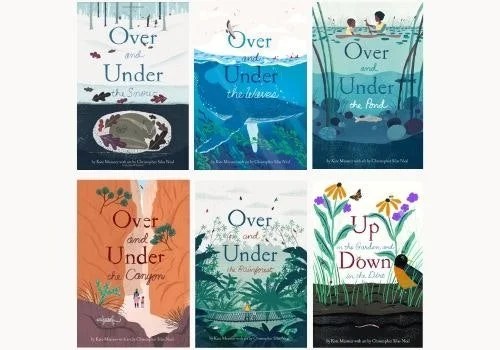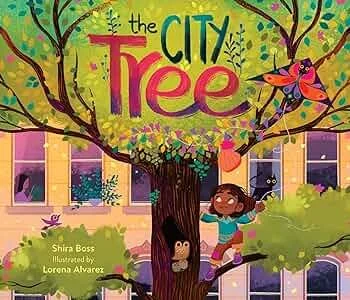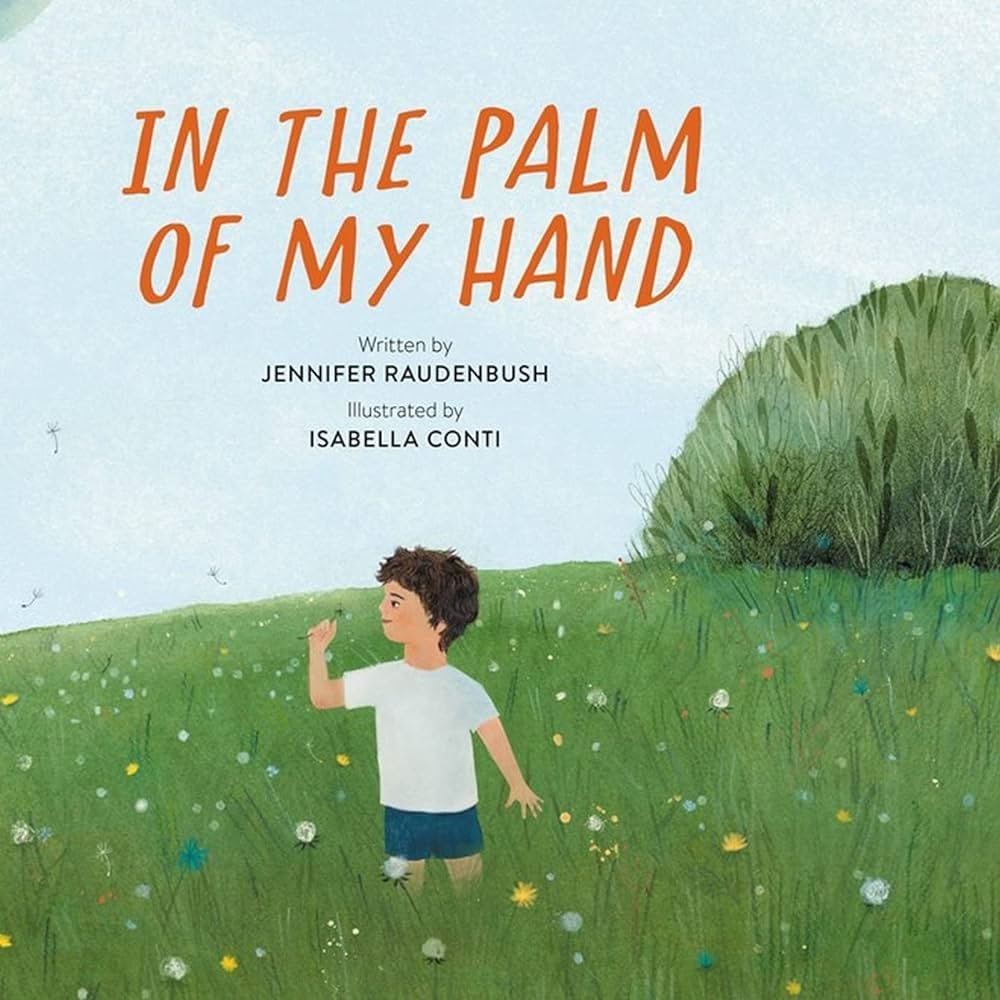We are so excited to have Bridgitte Rodguez join us today to share information about Environmental Picture Books!
Bridgitte Rodguez was born in Puerto Rico, grew up in sunny San Diego, and now writes books from her New York City apartment. She has a BA in Anthropology from UC Santa Cruz and an MA in Anthropology from The George Washington University. When she isn’t writing or reading or wandering, you can find her hanging out with her nieces and nephews who inspire many of her stories.
You can find her online at www.BridgitteRodguez.com . On social media @KidsBookWriting and on Substack at Everyday Creative and Books and Bread.
I’ve always been a fan of the environment. Ever since the third grade when we learned about the Amazon and the ozone layer. I immediately jumped on the reduce, reuse, recycle bandwagon. That doing all these things would then work to protect the environment and the plants and animals that join us in calling Earth home.
Now that I write books for kids, I realize that I tend to almost always write on topics concerning nature. If it isn’t the focal point of the story, it is certainly a theme or layer throughout. The stories take place outside and/or display a variety of plants and animals. They explore a new environment, appreciate nature and leave the reader with a feeling of awe about the world around them.
My debut picture book, A Walk Through the Redwoods, illustrated by Natalia Bruno, takes readers on a journey through a redwood forest. My goal in writing the story was to take readers to a place they may not be familiar with— the redwoods. I wanted the book to feel as if they were going on a walk through the redwoods. A takeaway I often hear from readers is that the book gives you an appreciation for nature, for our environment and gives you a reason to care, without telling you to care. And I love this. As someone who doesn’t like to be told what to do, I don’t want to tell others that they should care and want to protect the environment but rather, show them why it’s important and let them come to their own conclusion.
Books provide a great opportunity to be subtle in their teachings. I can’t recall if I read any environmentally themed books as a child, but I was a reader. Books leave imprints whether intentional or not in our minds. We may not remember exactly what or where but we remember the feeling. Books can expose kids to the environment and nature and get them to care. Give them a reason to care. And they can do so in a fictional way. Where they aren’t thinking they are learning anything. They are reading a fun story about a real place or real animals or real plants. Objects they can find around them.
Kate Messner’s Over and Under series, illustrated by Christopher Silas Neal takes us to many different environments: the forest in winter, the pond, the ocean, the rainforest, etc. Becoming familiar with the different plants and animals that call these places home. But also puts children in these places in relationship to the environment.
The City Tree by Shira Boss and illustrated by Lorena Alvarez, takes readers through the life of a newly planted street tree and all the benefits that a tree provides in an urban environment. I love the theme that nature can be anywhere and an appreciation for nature and the environment can happen even when living in a city.
In the Palm of My Hand, written by Jennifer Raudenbush and illustrated by Isabella Conti, provides a lyrical exploration of the small parts of nature and the wonder and inspiration they provide. Leaving the reader to want to take a closer look at the tiny objects they may encounter in their environment and what they may mean.
There are many ways to tell stories about nature, about the environment, about its inspiration and about appreciating it. I find it easiest to start with what I know and go from there. Either a place that I have enjoyed visiting, a favorite outside spot, or a plant or animal that I find fascinating. Once I have that, I determine if I want the story to be about the experience and interaction with nature or about the nature. In either case, I always want the informational parts to be factual and sometimes this requires a bit of research. Light research, it isn’t non-fiction, but enough to make sure that the real plants and animals described are accurate.
Our youngest readers are inspired by just about anything and everything! The world is brand new to them and nature provides endless possibilities for exploration. Even for grown ups— books about inspiring and appreciating nature can open up new worlds to them and provide opportunities to further their own connection to the environment.





